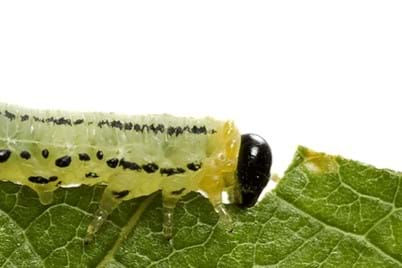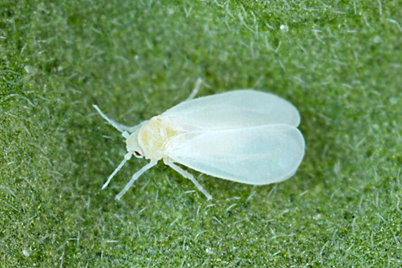There are many flea species in Australia including 78 native species and 10 introduced species. The most common is the cat-flea (Ctenocephalides felis) which can live and breed on cats or dogs and also feed on humans.
Fleas are very small insects and depending on the species and age of flea, range in size from 1 to 10 mm long. After engorging themselves on the blood of their host, fleas can swell up to 30% larger than their original size.
The body of the adult is flattened from side-to-side so as to appear very thin and long from above, but mostly oval shaped when viewed from the side. The body is heavily segmented and covered in hairs which face backward. Fleas come in colours of light-browns, reddish-browns and dark-browns.
The head is small with a rounded front. On either side of the head are two, very small, simple eyes. At the front and underside of the head is a row of downward facing comb-like structures which resembles a moustache. At the front and underside of the head are needle-like mouthparts used to pierce the skin of their host, inject a special form of saliva (to prevent blood coagulation) and suck out blood. While fleas do have antennae, they are difficult to see as they are short and often sit into little grooves on either side of the head and behind the eyes. On the back of the neck is a row of back-ward facing comb-like structures. Body hairs, combs and spines help fleas remain safe and secure on their host.
Behind the head, on the underside and middle section of the body (thorax), are three pairs of spiny legs. The hind pair are used for jumping allowing the flea to jump up to three hundred times its height. At the tip of the legs are strong claws used for holding tightly on to their host. Fleas are wingless.
Flea larvae are grub-like, eyeless, legless and hairy. The head is brown and the body is a white-to-cream colour. After feeding on remnant or excreted blood from adults, larvae take on a reddish colour.






